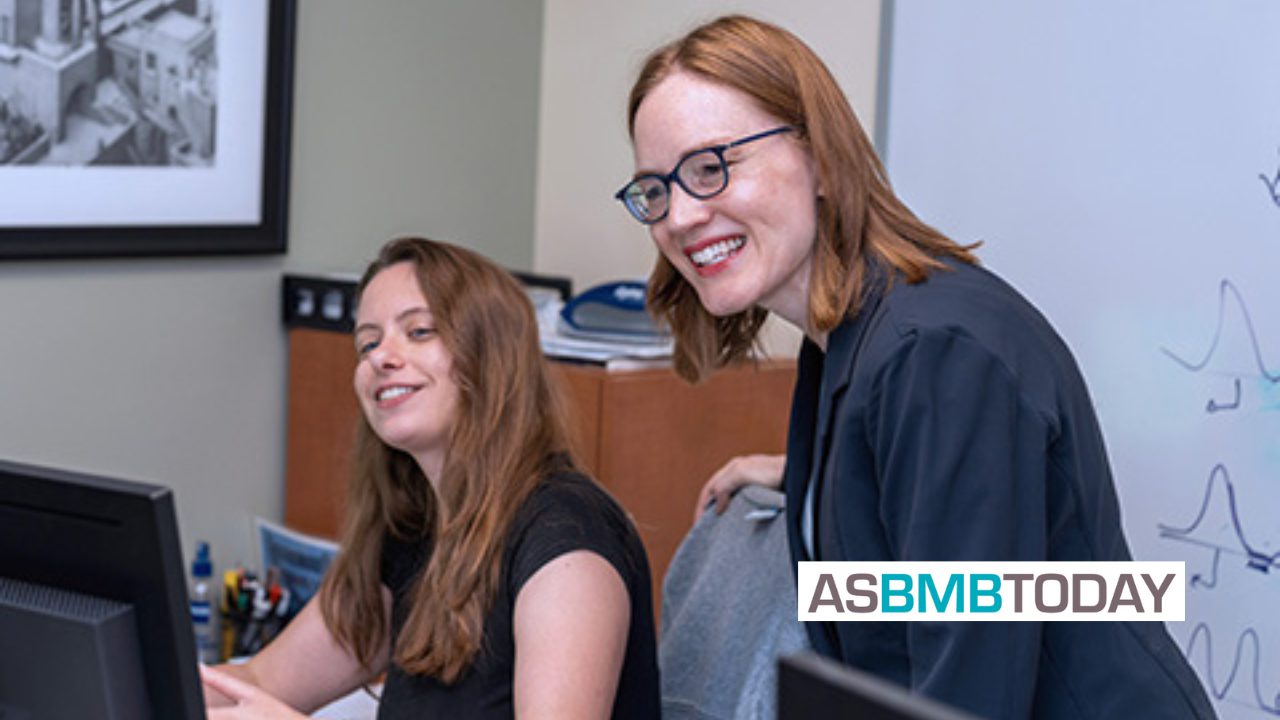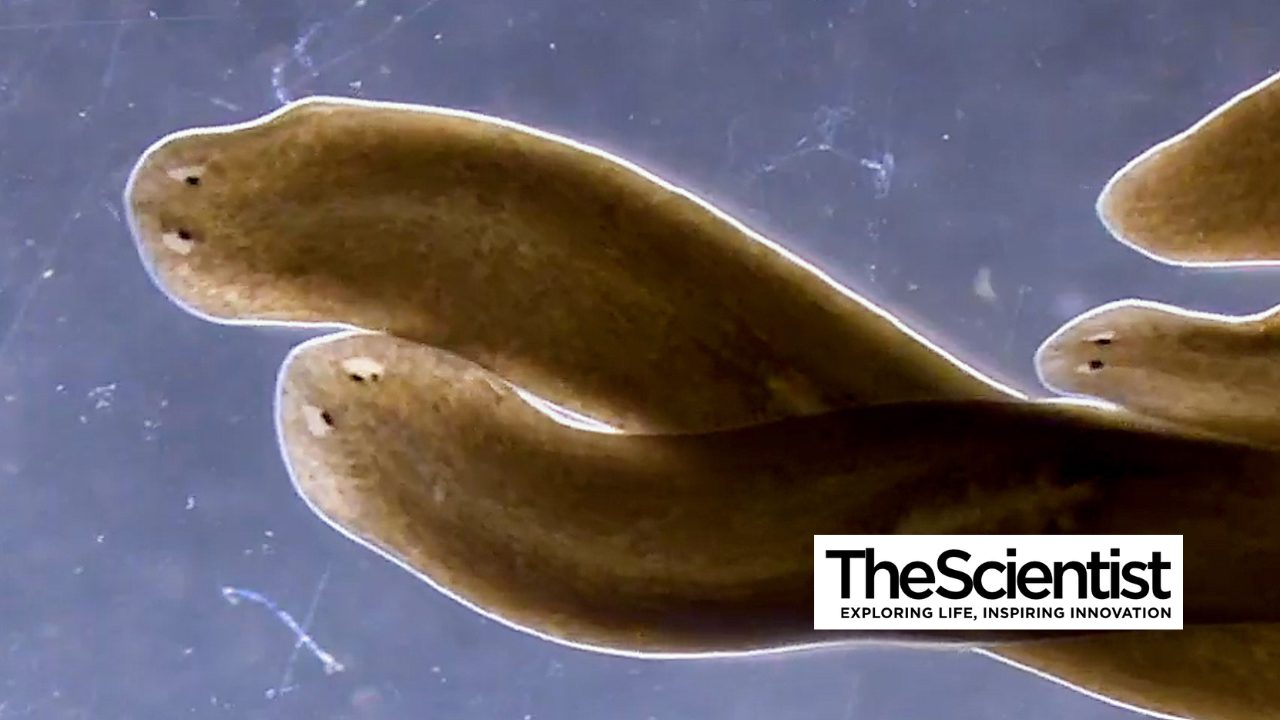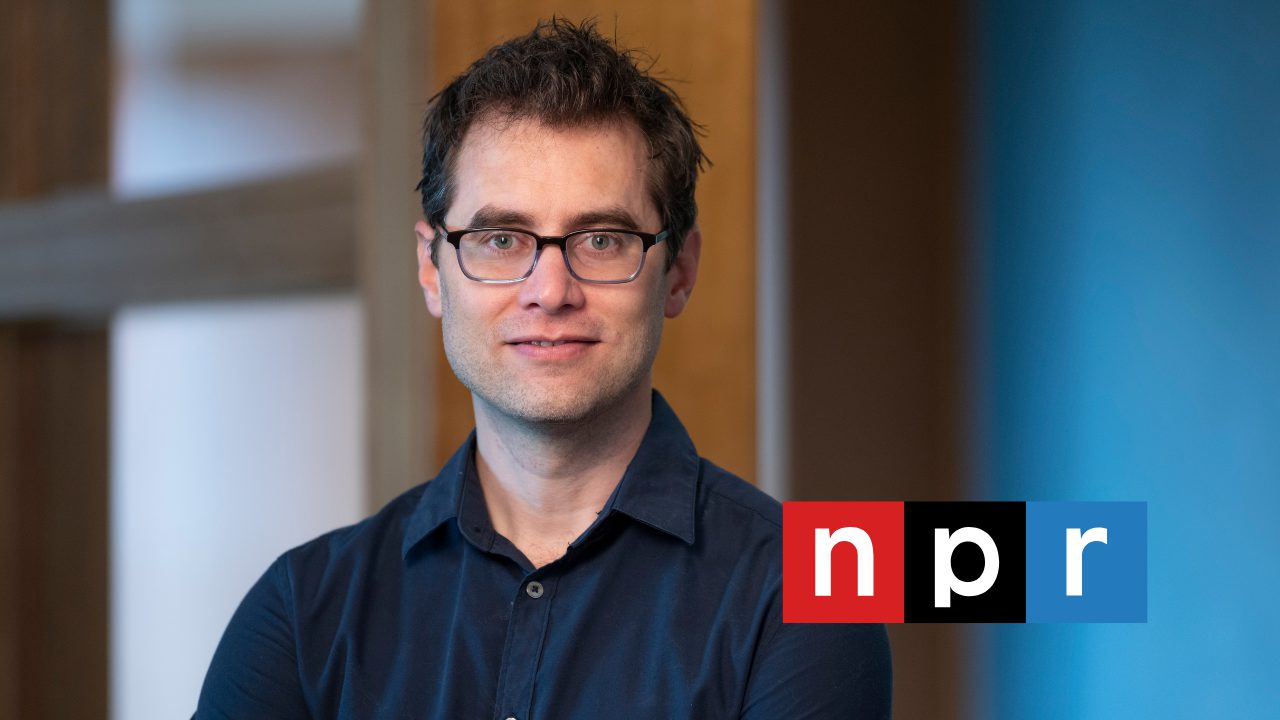In The News

16 October 2025
AI unlocks the hidden grammar of gene regulation
From ASBMB, the Zeitlinger Lab studies how protein transcription factors, or TFs, bind to DNA to regulate gene expression, using fruit flies as her model.
Read Article
Diverse adult stem cells reside in organisms from fruit flies to humans. Their biology is complex, but their repertoire of behaviors is limited: They either continuously divide (self-renew) or stop dividing and mature, often into replacements for worn-out tissues. Understanding this choice on a molecular level is essential to devising therapies that regenerate diseased tissues.
In a study of adult stem cells from the fruit fly ovary, called germline stem cells (GSCs), Stowers Institute scientists report that the decision to mature, in this case into an egg, versus self-renew comes down to a skirmish between two proteins – the maturation factor Bam and the multi-subunit COP9 complex, which normally keeps GSCs immature and self-renewing. “Bam is the master differentiation factor in the Drosophila GSC system,” says Stowers Investigator Ting Xie, PhD, the study’s lead author. “To carry out the switch from self-renewal to differentiation, Bam must inactivate self- renewing factors and then activate the differentiation factors.”
The team discovered that Bam accomplishes this by binding to and sequestering one of eight COP9 subunits. With that component missing, the remaining proteins in the complex lose their ability to drive self-renewal. As a consequence, GSCs stop dividing and differentiate into eggs.
Mammalian cells also contain COP9 complexes. In fact, there is some evidence that COP9 proteins maintain human stem cell self-renewal. The Xie Lab studies these activities in Drosophila because fruit flies can be experimentally manipulated and mirror many aspects of human biology. “As a powerful model system, GSCs have revealed many novel regulatory strategies later confirmed in higher organisms,” adds Su Wang, a graduate student from University of Kansas Medical Center who was the study’s co-first author.
This study was published in the October 9, 2014, issue of Nature.
In The News

16 October 2025
From ASBMB, the Zeitlinger Lab studies how protein transcription factors, or TFs, bind to DNA to regulate gene expression, using fruit flies as her model.
Read Article
In The News

16 October 2025
From The Scientist, research from the Sánchez Alvarado Lab shows stem cells in regenerating planarians don’t need their closest neighbors, overturning researchers’ understanding of the worms’ regenerative superpowers.
Read Article
Press Release
15 October 2025
Stowers scientists discover new rules about how flatworm stem cells regrow body parts, offering insights into potential tissue repair and regenerative medicine in humans.
Read Article
In The News

10 October 2025
From NPR's All Things Considered, in the human body, cells are constantly making life-or-death decisions. If they make the wrong choice, the result can be cancer, infection or even Alzheimer's.
Read Article
